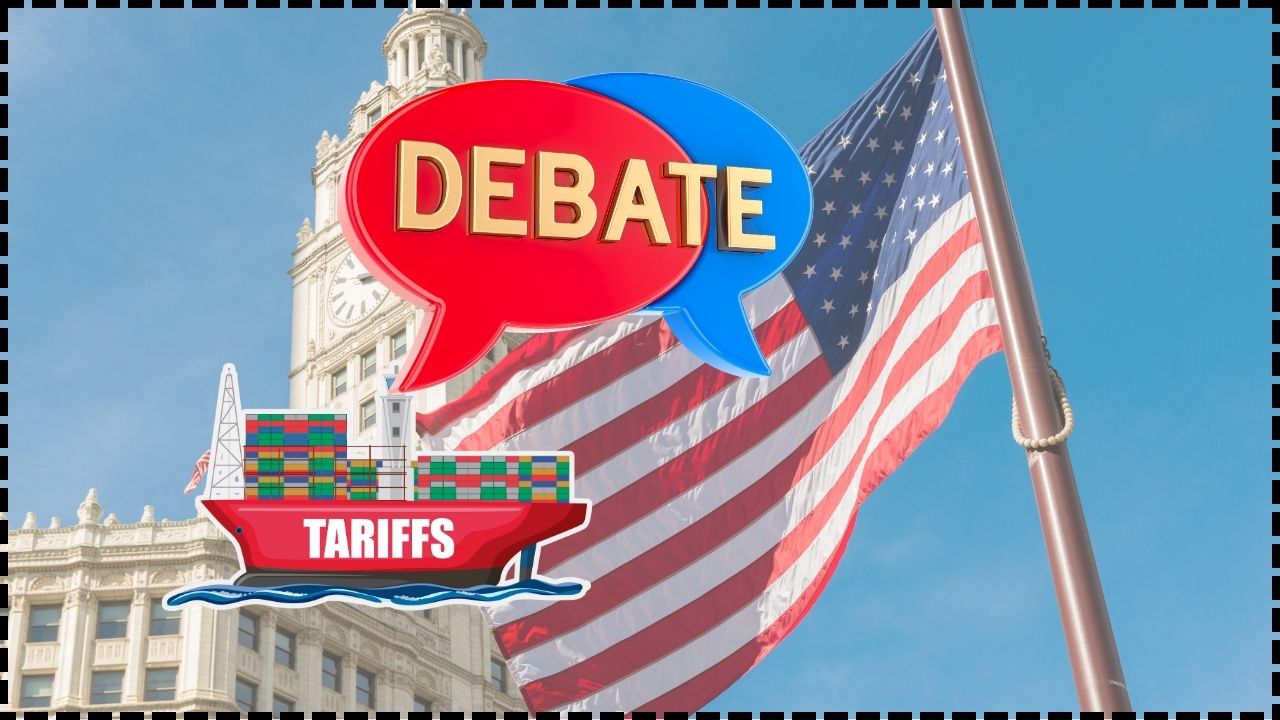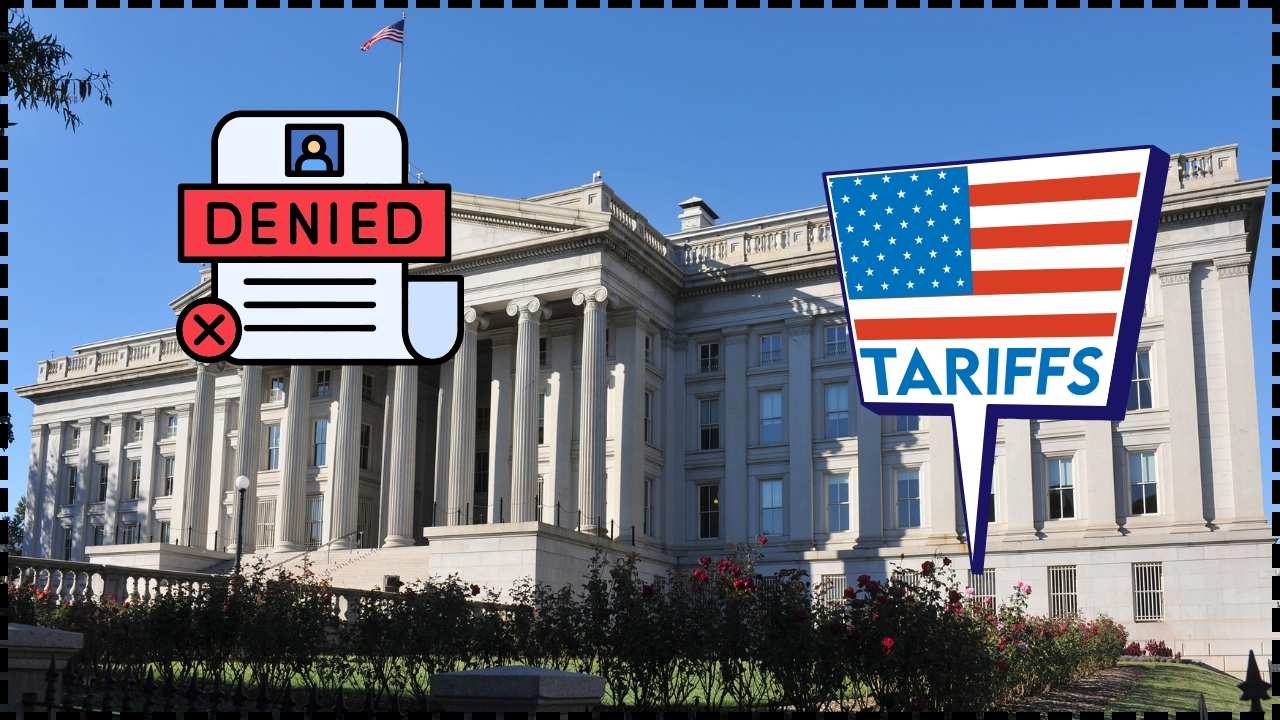Federal Union Slams Cuts to CRA Call Centres: When news broke that the Canada Revenue Agency (CRA) was slashing jobs at its call centres, outrage erupted across the country. On August 21, 2025, the Union of Taxation Employees (UTE)—a branch of the Public Service Alliance of Canada (PSAC)—launched a national campaign called “Canada On Hold.” The union argues that taxpayers are being abandoned at a time when they need help the most. Thousands of front-line workers who once answered phones and guided Canadians through tax and benefit questions are now gone. And if you’ve ever been stuck on hold with CRA before, you already know that cutting staff in this area feels like pouring salt on an open wound.
Federal Union Slams Cuts to CRA Call Centres
The CRA call centre cuts are more than a budget story—they’re about whether Canadians can rely on their government to provide basic services. While the CRA points to digital solutions, the reality is that people still need live help. Unless Canadians raise their voices, the line you’ll keep hearing might not be an answer at all, but that dreaded message: “Your call is important to us. Please stay on the line.”
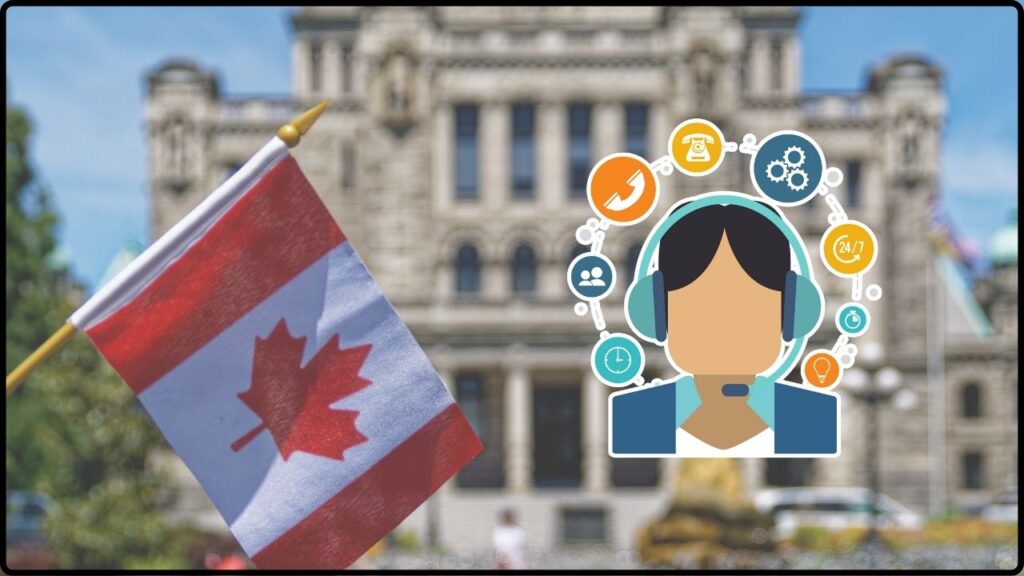
| Topic | Details |
|---|---|
| Campaign Name | Canada On Hold, launched August 21, 2025 |
| Job Cuts | ~3,300 CRA call-centre jobs cut in past year (1,300 in May 2025) |
| Impact | Longer wait times, more dropped calls, inconsistent service delivery |
| Union | Union of Taxation Employees (UTE), part of PSAC |
| Future Outlook | More cuts expected; second campaign wave this fall |
| CRA Staffing Plan | Staff expected to fall from ~50,804 (2025–26) to ~47,732 by 2027–28 |
| Budget Mandate | 15% program spending cuts across departments by 2028–29 |
| Official CRA Site | CRA – Canada Revenue Agency |
The Bigger Picture: Why These Cuts Are Happening
The Canadian government, through Budget 2023, mandated a sweeping 15% reduction in program spending across most departments by 2028–29. During the pandemic, CRA’s staff ballooned to nearly 59,000 workers to handle emergency benefits. But by 2025, the government insisted that it was time to “right-size” the agency.
The CRA’s 2025–26 Departmental Plan reveals the plan in black and white: staffing levels will fall from 50,804 positions in 2025–26 to 47,732 by 2027–28. Officials say the cuts are about efficiency and adapting to more Canadians using online services.
But here’s the catch: Canada’s population is growing, tax rules are getting more complicated, and the digital shift isn’t reaching everyone equally. Seniors, newcomers, and rural residents still rely heavily on live human support.
A History of CRA Call Centre Criticism
This isn’t new. Canada’s Auditor General has been criticizing CRA call centres for years. A 2017 report revealed that CRA agents gave incorrect information nearly 30% of the time. By 2019, only about 36% of taxpayers reached a live agent on their first try.
In 2021, at the height of the pandemic, the situation worsened when CRA was handling massive waves of benefit applications. Even then, complaints about dropped calls and confusing automated menus were widespread.
Now, with thousands of jobs eliminated, many observers argue the CRA is moving in the wrong direction at exactly the wrong time.
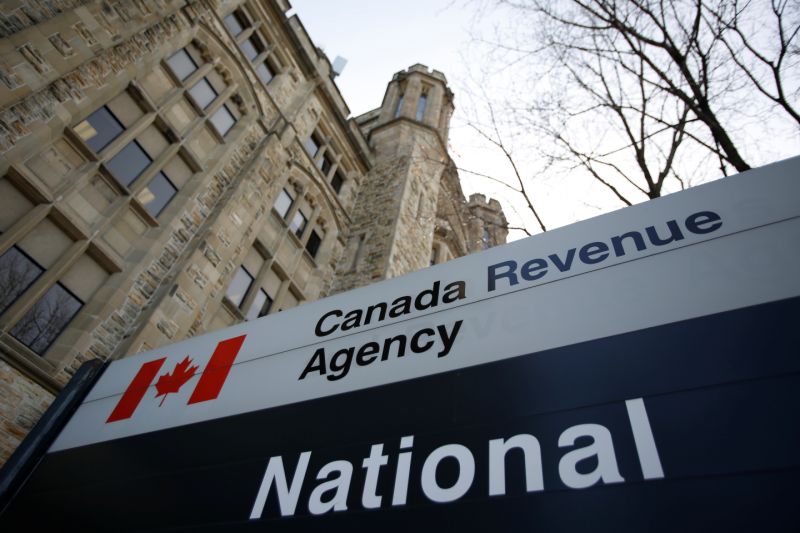
How This Compares to the IRS in the U.S.?
To make the situation clearer, let’s look south of the border. The U.S. Internal Revenue Service (IRS) faced a nearly identical crisis a few years ago. In 2021, IRS call answer rates dipped below 20%, and taxpayers were furious.
But in 2022, the U.S. government pumped $80 billion in new funding into the IRS over 10 years. By 2023, Treasury reports showed the IRS was answering over 80% of calls within minutes.
While the U.S. invested to solve the crisis, Canada is cutting staff, leaving taxpayers wondering why their government isn’t making the same commitment.
Union Response: The “Canada On Hold” Campaign
The UTE’s President, Marc Brière, has called the cuts “reckless” and “irresponsible.” According to him, “These cuts will leave Canadians stranded, frustrated, and unable to get the help they deserve.”
The union’s Canada On Hold campaign has three main calls to action:
- Contact Members of Parliament (MPs) and demand better service.
- File service complaints with the Taxpayers’ Ombudsperson.
- Share personal stories or videos showing the impact of CRA’s long waits and dropped calls.
By encouraging direct citizen involvement, the union hopes to put political pressure on Ottawa before the situation worsens.
Political Fallout: MPs and Public Frustration
Opposition politicians have already jumped on the issue. Several MPs argue that taxpayer services are not the place to cut corners, especially with tax season always looming large. Public frustration is mounting, particularly in provinces where CRA services are most relied upon for benefits and credit support.
In town halls and constituency offices, MPs are reportedly fielding complaints from citizens who cannot get through to CRA to resolve even basic issues like address changes, lost slips, or benefit eligibility.
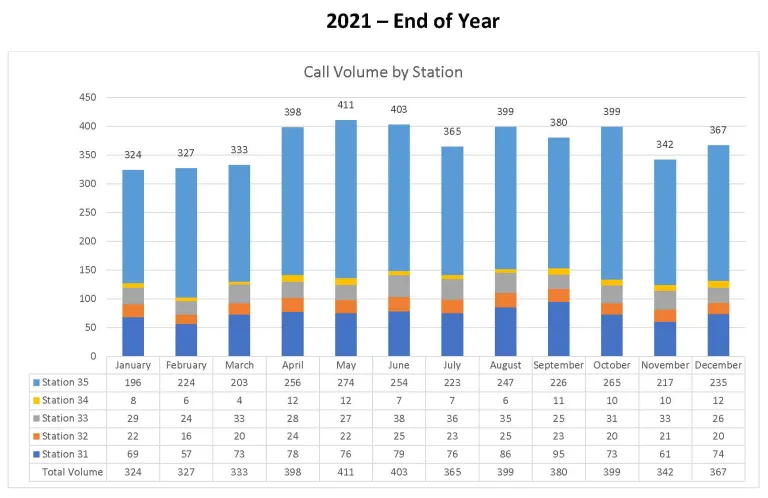
Who Gets Hit the Hardest From Federal Union Slams Cuts to CRA Call Centres?
While the cuts affect all Canadians, some groups feel the pain more sharply:
- Families and Seniors: Parents calling about the Child Benefit or seniors checking on pension credits often face the longest waits.
- Small Businesses: Entrepreneurs need CRA clarity on payroll taxes, GST/HST filings, and compliance rules. For them, time on hold translates directly into lost money.
- Newcomers to Canada: Immigrants navigating a new tax system need live guidance. Losing call-centre staff creates bigger barriers.
- Tax Professionals: Accountants, bookkeepers, and financial planners rely on CRA support to handle complex filings. These cuts are slowing down client service and increasing costs.
Real-Life Scenarios
To see the human cost, consider these examples:
- A single mother in Toronto waits three hours to confirm why her Canada Child Benefit payment was delayed—only for the call to disconnect.
- A small business owner in Calgary can’t get a CRA agent to clarify payroll deductions, resulting in penalties for late filings.
- An immigrant couple in Vancouver struggles to file their first Canadian tax return because online services don’t fully answer their questions, and no one picks up the phone.
These aren’t just minor inconveniences—they affect real livelihoods.
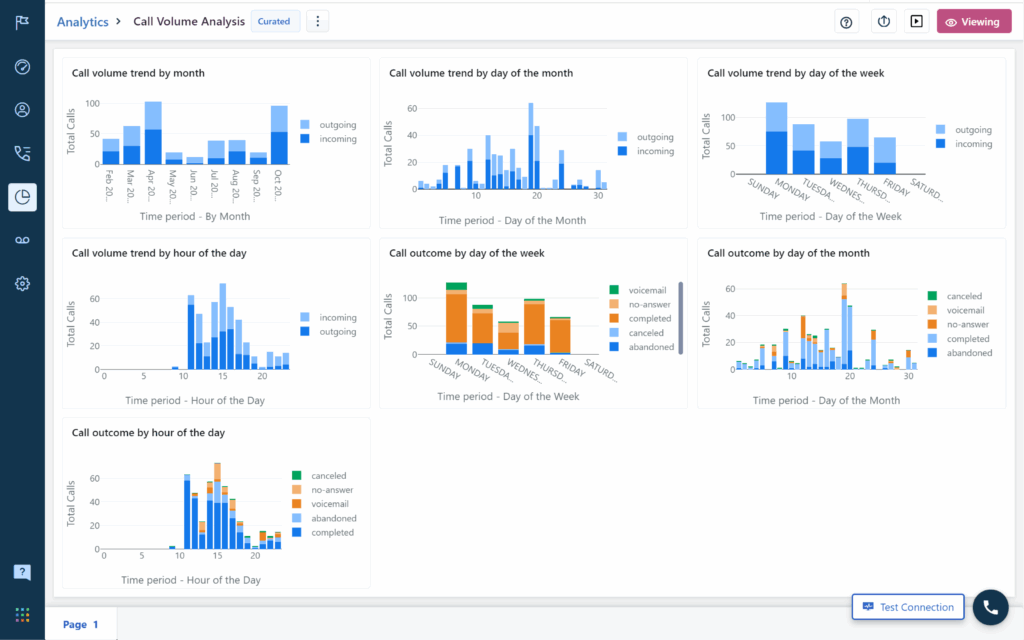
Practical Guide: How to Deal with CRA Call Centre Delays
So, what can taxpayers do? Here’s a simple roadmap:
Use CRA’s Online Tools
Sign into My Account for individuals or My Business Account for businesses. Many common services can be handled here.
Call at the Right Time
Best windows: 8 a.m. sharp or late afternoon. Avoid Mondays and early April.
Take Advantage of Callback Services
If available, request a callback rather than waiting on hold.
Escalate if Necessary
If service fails, file a complaint through the Taxpayers’ Ombudsperson. Their office reports that nearly 24% of complaints now involve call-centre issues.
Tips for Professionals
Accountants and tax lawyers should:
- Use representative access portals for faster client information.
- Submit written requests instead of phone inquiries when possible.
- Build in longer turnaround times to set realistic expectations with clients.
Expert Perspectives: Long-Term Risks
Economists and tax experts say this isn’t just about inconvenience—it’s about trust. When taxpayers can’t get help, they’re more likely to make mistakes or avoid filing at all. That leads to lower compliance, more errors, and less revenue for government.
Another major concern is the digital divide. While CRA wants Canadians to move online, many citizens—particularly seniors, rural Canadians, and lower-income households—still depend on live support. Cutting call-centre staff risks leaving these people behind.
What Comes Next?
The union says a second wave of the Canada On Hold campaign will roll out this fall. They warn that permanent CRA positions could be targeted next, not just temporary contracts.
The CRA insists it is simply implementing government policy. Their long-term plan shows declining staff numbers through 2028. Unless political winds shift, Canadians should expect longer waits as the “new normal.”
$496 GST/HST Credit Confirmed for 2025—Here’s Who Qualifies and When You’ll Get Paid
Israeli AI Startup Bags $60 Million to Help Governments Fight Fraud
Experts Warn Dismantling Justice Department Tax Division Could Cost Billions


